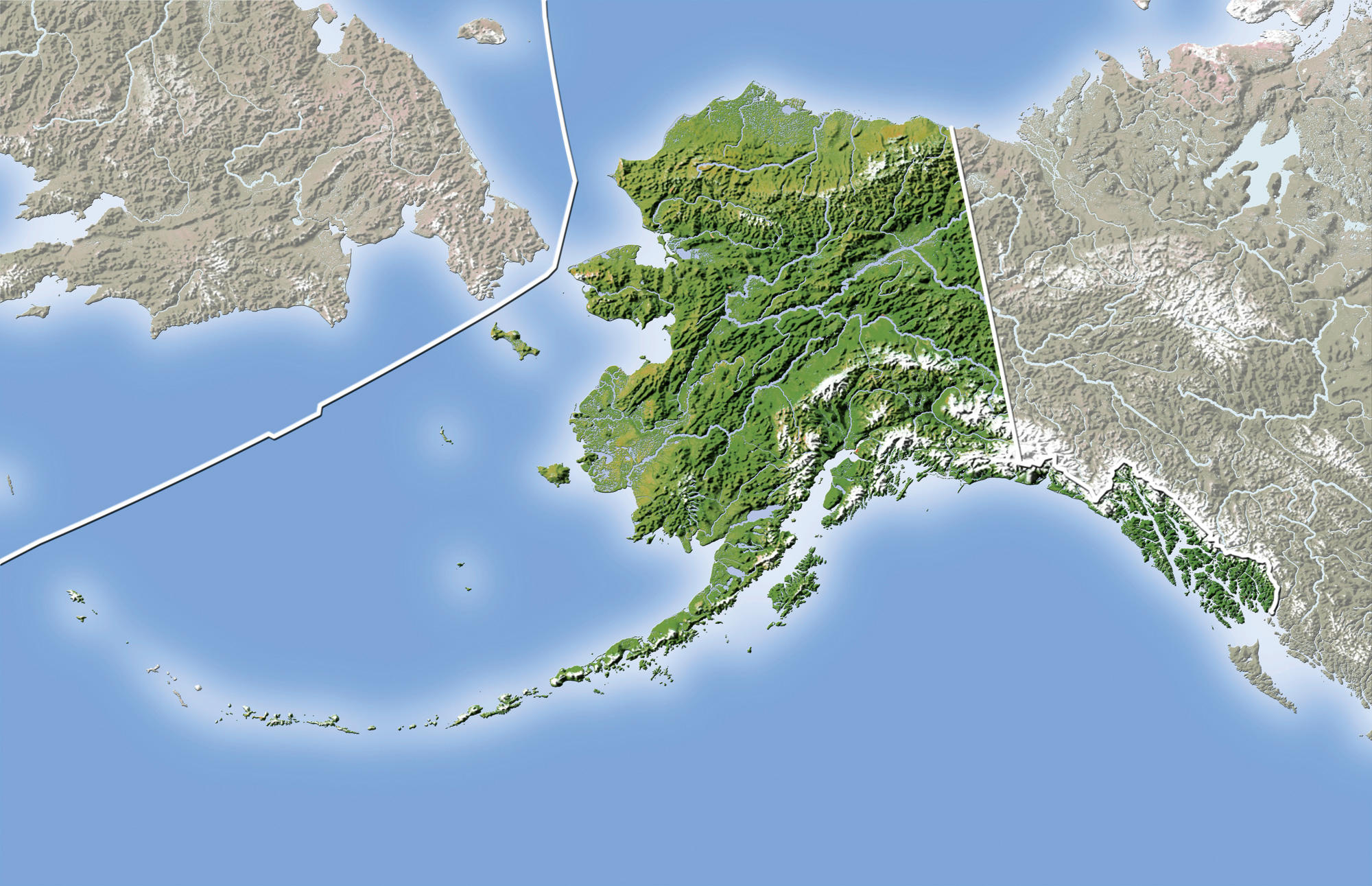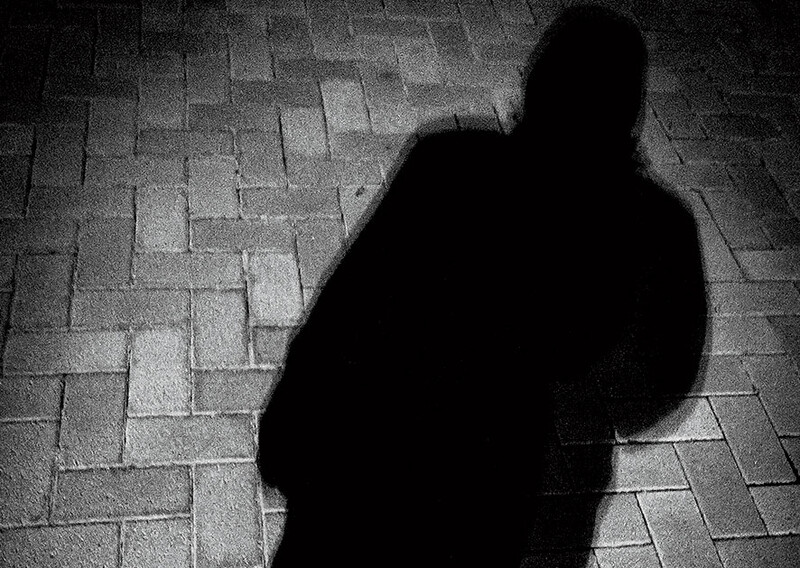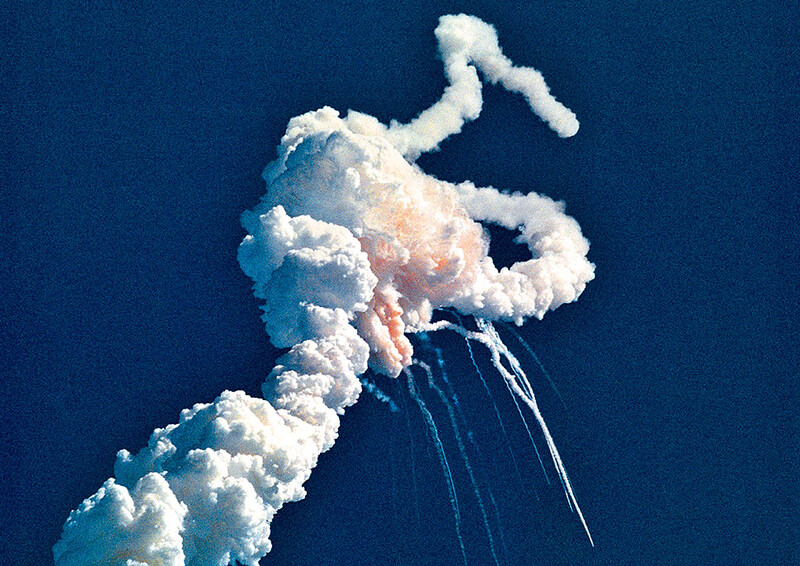Scientists probing the sea floor off the southern coast of Alaska have found geological features that indicate the region is at greater risk of being hit by a tsunami than previously recognized. The researchers, led by Columbia seismologist Anne Bécel, say that a tectonic plate on a fault line there is positioned in such a way that, in the event of an earthquake, it could jump several meters and push a tremendous amount of water toward the shore.
Bécel and her colleagues came to this conclusion after surveying parts of the Aleutian subduction zone, a nearly two-thousand-mile-long fault that extends from Russia’s Kamchatka Peninsula all the way to the Gulf of Alaska. Using 3D-imaging equipment aboard the Marcus G. Langseth, a research vessel that Columbia operates on behalf of the National Science Foundation, the scientists created cross-section images of two tectonic plates that are ramming into each other. They discovered that a large section of one plate has broken off its main slab; the scientists say this section, which is roughly the size of Delaware, could be propelled violently upward during an earthquake and generate an enormous tsunami.
“A strong earthquake in the area could shake it loose and cause seventy-five-foot waves to head both north and south,” says Bécel, whose findings appear in the journal Nature Geoscience. “This could devastate parts of the Alaska Peninsula, which is just sixty miles to the north. It could also affect areas as far away as the western coast of the US and Hawaii, although the wave wouldn’t be nearly so large by the time it traveled that far.”
Bécel says that it is impossible to predict if and when the dislodged plate might move. She points out that while the Aleutian subduction zone is one of the world’s most active fault lines, the plate fragment is located in an area where only minor earthquakes have been recorded. This could mean one of two things: either the area truly is benign or else the colliding plates have been building up pressure for ages and are therefore due for a big quake.
“It’s impossible to tell for sure,” she says. “But we’ve detected tiny movements that tell us that at least some pressure is building.”
Bécel says that her study has broader implications for understanding the threat of tsunamis around the world. Until recently, she says, scientists did not have access to 3D-imaging technology and thought that the type of rock formation her team found — what geologists call a “splay” fault — was extremely rare. But the splay fault she and her colleagues discovered is the second one found in the northern Pacific in just the last few years. The first has already slipped: it caused the 130-foot-high tsunami that hit Tohoku, Japan, in 2011, killing more than fifteen thousand people and destroying the Fukushima nuclear-power plant.



